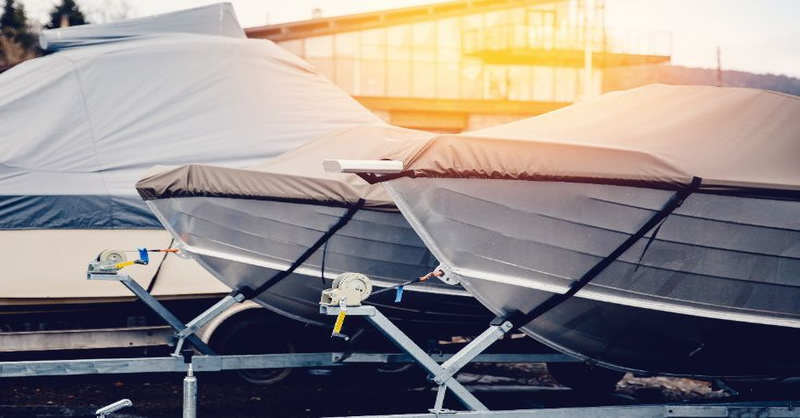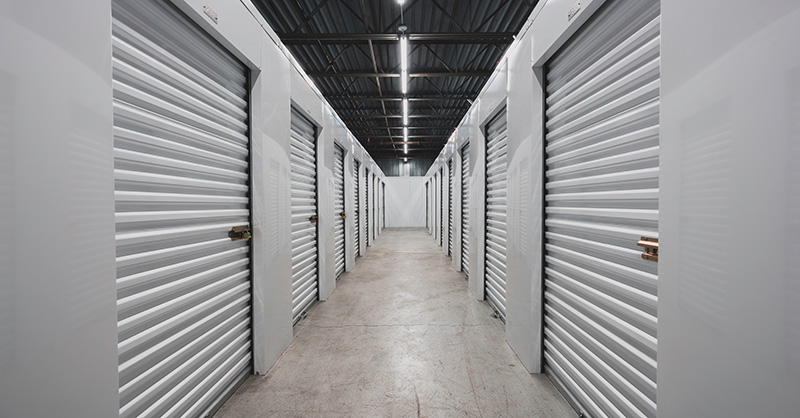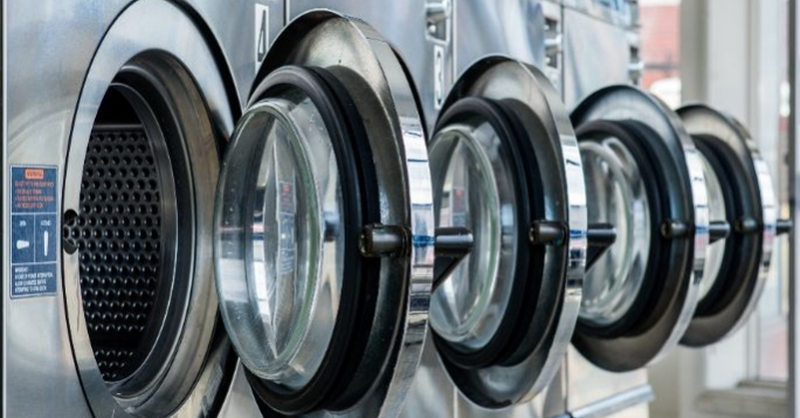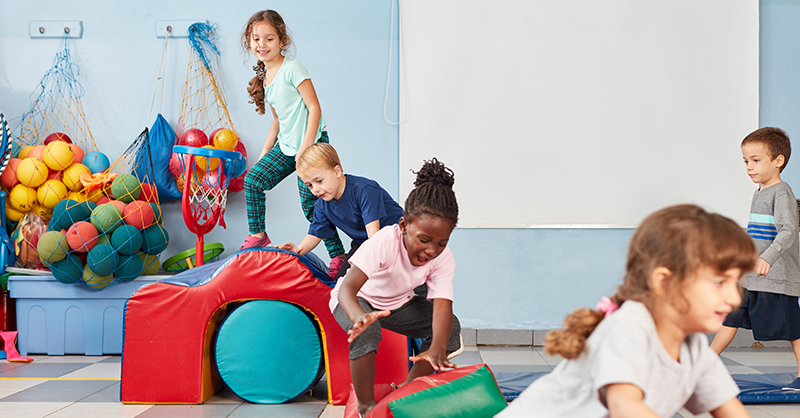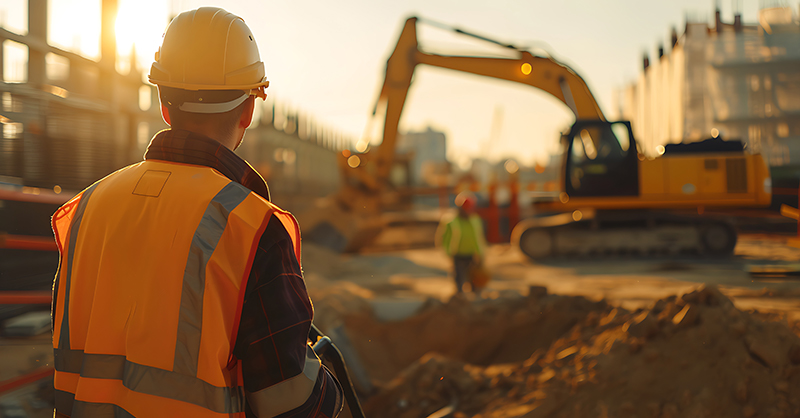Essential Safety Measures for Supported Scaffold Hazards
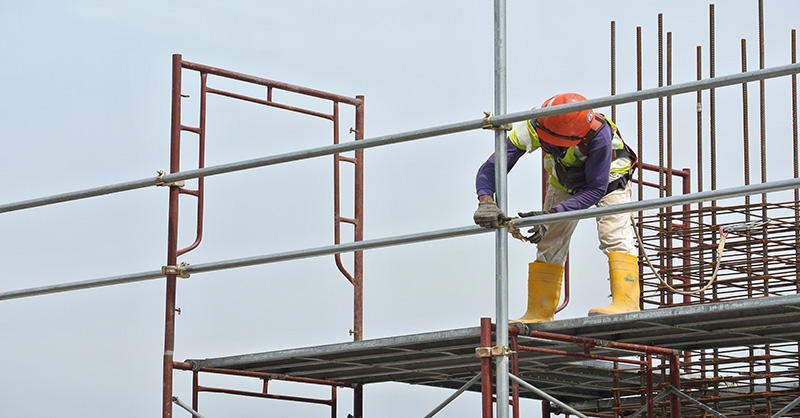
Supported scaffolding, a temporary structure used to support workers and materials during construction, is an efficient way to work on the job site. However, it also presents significant safety risks. Scaffolding accidents are unfortunately common in the construction industry.
What Are the Most Common Types of Supported Scaffolding Accidents?
Scaffolding accidents can lead to serious injuries or even fatalities. Understanding the most common types of accidents and how to prevent them is crucial for maintaining a safe work environment. Below are some of the most frequent scaffolding accidents and the measures that can be taken to avoid them:
- Falls from Heights: Construction scaffolding is addressed in subpart L of the OSHA 1926 Construction Regulations. The top serious violations in 2022 associated with scaffolding were fall protection above 10 feet, with 371 such violations. This is the most common type of accident associated with scaffolds. To prevent this, ensure that guardrails are installed and that workers use personal fall arrest systems. Regular training on fall prevention is also crucial.
- Collapsing Scaffolds: This occurs when the scaffold is not properly constructed or maintained. Regular inspections are key. Also, ensure that the scaffold is erected on solid ground, remains properly braced, and is not modified during use. The height-to-base ratio should not exceed 4:1 unless it is restrained from tipping.
- Electrocution: Workers can be electrocuted if they come into contact with live wires or overhead power lines. Always maintain a safe distance from power lines, and ensure that workers are aware of the location of electrical hazards.
- Falling Objects: Workers can be injured by falling tools, work materials, or debris. Use toe boards, screens, or guardrail systems to prevent objects from falling.
- Overloading: Scaffolds can collapse if they are overloaded. Always adhere to the load capacity of the scaffold, which includes the weight of both workers and materials.
Additional Ways You Can Help Prevent Supported Scaffold Accidents
Ensuring worker safety on scaffolding requires more than just following basic guidelines; it demands a comprehensive approach. To prevent accidents and maintain a safe working environment, it is crucial to implement essential safety measures alongside the above guidelines.
Regular Inspections
Regular inspections are crucial to ensure the structural integrity of the scaffold. Before each work shift and after any incident that could impact the scaffold’s stability, a competent person should inspect the scaffold. A competent person is someone who has received specific training associated with scaffolding erecting and maintenance.
Proper Training
A competent person must understand the setup, dismantling, and modification of a scaffolding system. They must know the scaffold’s capacity, recognize potential hazards (like power lines), and know emergency procedures. Do not mix components among manufacturers.
Use of Personal Protective Equipment (PPE)
Workers should always wear appropriate PPE, including safety helmets, non-slip boots, and harnesses when working on a scaffold. Fall arrest systems are particularly important when working at heights over six feet.
Safe Access
OSHA requires that scaffolds over two feet high be equipped with a ladder, stair tower, or similar safe access. Workers should never climb on cross-braces or use unstable objects like barrels or boxes to access scaffolding.
Guardrails or fall arrest systems are required on scaffolds over 10 feet high. The top rail should be 42 inches high, and the mid-rail should be halfway between the top rail and the platform. Toe boards and netting should also be used to avoid tools falling from a platform.
Load Limits
Never exceed the maximum load limit of a scaffold. This includes both workers and materials. Planking should support four times its intended load plus its own weight. Distribute the load evenly across the platform.
Weather Conditions
Adverse weather conditions can increase the risk of accidents. Avoid using scaffolding in high winds, rain or snow. Platforms covered with snow or ice should be taken out of service until it is removed.
Housekeeping
Keep scaffolding platforms clear of tools and materials not in use that could cause trips and falls or unnecessarily contribute to overloading.
Scaffold Tagging System
Use a scaffold tagging system to communicate the scaffold status. Green tags indicate it is safe, yellow tags suggest caution, and red tags mean it is unsafe.
These incidents can often be avoided by complying with good construction practices and OSHA standards. Regular training, proper use of personal protective equipment, and adherence to safety protocols can significantly reduce the risk of scaffolding accidents.
